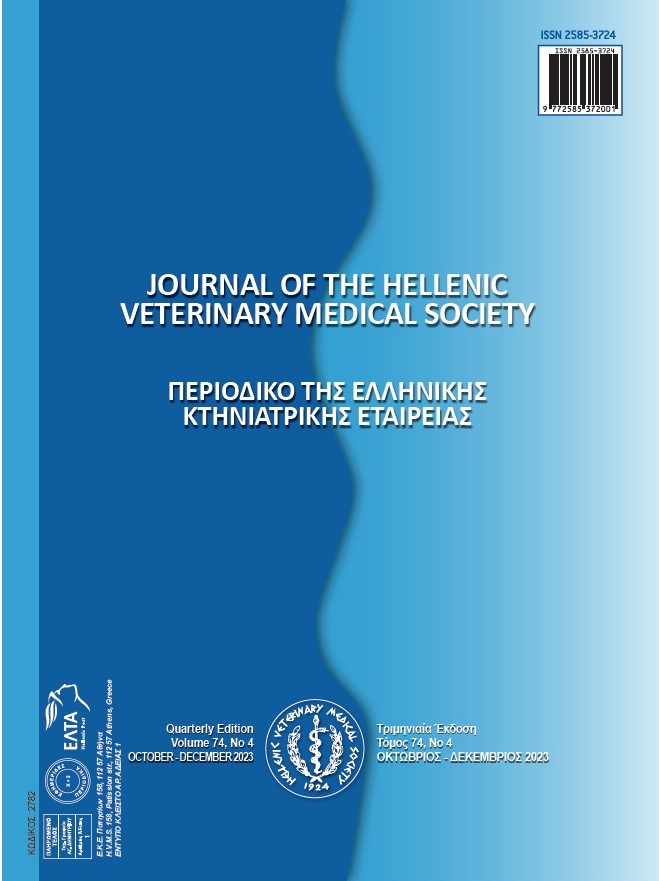Development and Evaluation of Live Attenuated Staphylococcus aureus Vaccine for the Control of Mastitis in Dairy Lactating Buffaloes in Pakistan

Résumé
This study was designed to assess the evaluation of live attenuated S. aureus vaccine (LSAV) in lactating dairy buffaloes. For this purpose, 100 lactating buffaloes one to two months after parturition, were divided into two equal groups i.e., B1 and B2. Two shots of LSAV were administered @ 5 ml subcutaneous (S/C) 30 days apart, while B2 was kept as unvaccinated control (UC) by using a placebo (Normal Saline) @ 5 ml S/C twice. All these were kept under observation for six months periods to check the various parameters. Monthly serum samples were used to measure the geometric mean antibody titers using modified indirect Haemagglutination test which were 4.3, 128, 291, 261, 261, 142, and 58 at 0, 30, 60, 90, 120, 150, and 180 days, respectively whereas it was 5.3, 4.0, 4.3, 4.9, 2.3, 3.0, and 4.6 on monthly intervals in UC group. Whey geometric mean antibody titer was higher in vaccinated treated animals as compared with the UC group during the whole study period. There was a very high somatic cell count in unvaccinated groups as compared with the vaccinated group. The results showed a significant increase of fat and protein during the study period in vaccinated group as compared with UC group. The prevalence of mastitis was lower in vaccinated group as compared with UC. It was concluded that LSAV has clinical efficacy in reduction of mastitis and somatic cell count and it should be an additional tool to prevent mastitis along with other control measures in dairy herds to maximize the profit.
Article Details
- Comment citer
-
Kashif, M., Nasir, A., Shakoor, A., Hussain, A., Waheed, U., SiKandar, A., & Abbas, A. (2024). Development and Evaluation of Live Attenuated Staphylococcus aureus Vaccine for the Control of Mastitis in Dairy Lactating Buffaloes in Pakistan. Journal of the Hellenic Veterinary Medical Society, 75(1), 6737–6744. https://doi.org/10.12681/jhvms.27851 (Original work published 19 avril 2024)
- Numéro
- Vol. 75 No 1 (2024)
- Rubrique
- Research Articles

Ce travail est disponible sous licence Creative Commons Attribution - Pas d’Utilisation Commerciale 4.0 International.
Authors who publish with this journal agree to the following terms:
· Authors retain copyright and grant the journal right of first publication with the work simultaneously licensed under a Creative Commons Attribution Non-Commercial License that allows others to share the work with an acknowledgement of the work's authorship and initial publication in this journal.
· Authors are able to enter into separate, additional contractual arrangements for the non-exclusive distribution of the journal's published version of the work (e.g. post it to an institutional repository or publish it in a book), with an acknowledgement of its initial publication in this journal.
· Authors are permitted and encouraged to post their work online (preferably in institutional repositories or on their website) prior to and during the submission process, as it can lead to productive exchanges, as well as earlier and greater citation of published work.




